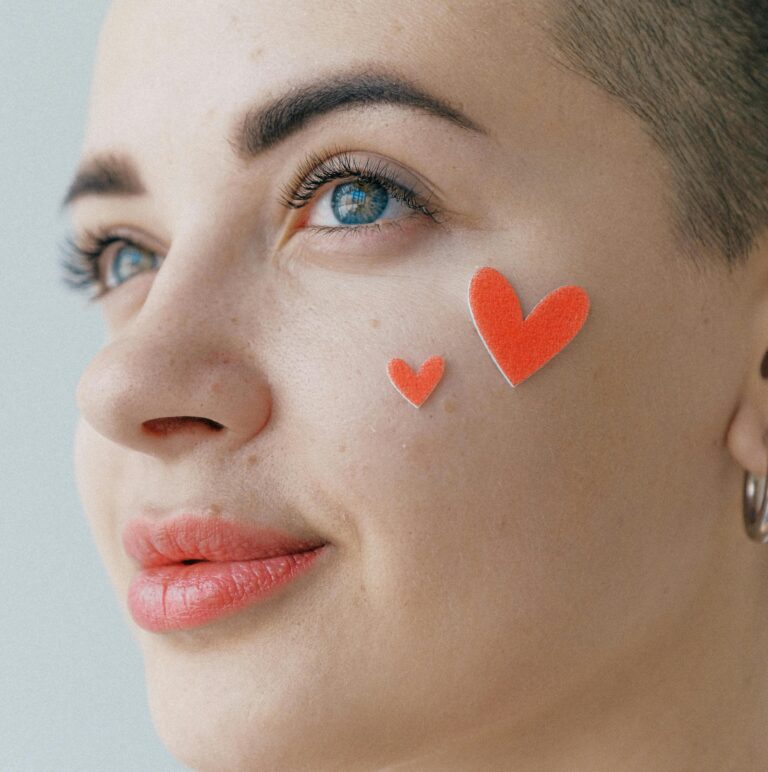I have read a very interesting chapter in the book ADHD 2.0 that suggests that balancing exercises may improve the symptoms of ADHD.
Why?
Apparently, both physical balance and executive functioning are controlled by a part of the brain called the cerebellum.
The cerebellum is a small part of the brain – it takes only 10% of its volume, but it contains a staggering 75% of all neurons of the brain. It has been long known that together with the vestibular system, it controls your balance.
The neural pathways that the cerebellum forms tend to last. Do you remember the saying “It’s like riding the bicycle”? Riding the bicycle requires balance and the cerebellum is in charge of it. You don’t forget riding the bicycle because your brain will always have the neural pathways that the cerebellum laid down. Not only the cerebellum doesn’t forget what it learned, but it’s also one of the most plastic, changeable parts of the brain. You can form new neural pathways in this part of the brain easily.
In 1998, a professor of neurology at Harvard Medical School, Jeremy Schmahmann, published a paper Dysmetria of Thought. It was based on the research that he did on people with injuries of the cerebellum. In the paper, he suggested that the dysfunction of the cerebellum causes not only problems with physical balance but also emotional balance.
Apparently, the cerebellum helps you to regulate emotions, learn new skills, and keep your focus. People with damage to the cerebellum had problems with executive function and emotional regulation.
Other studies using MRI show that the central strip in the middle of the cerebellum is smaller in people who have ADHD. It seems obvious that “working out” the cerebellum could improve its functions. And because the cerebellum controls both balance and executive functioning, you can use the former to strengthen the latter.
The idea that balancing exercises can help with ADHD and dyslexia has been around since the 1960s. Back then, Frank Belgau invented the Belgau Balance Board, which he had been using to help his students. He never did the controlled studies to prove its effectiveness scientifically, but his balancing boards are still used today.
Another man, a chiropractor Robert Melillo has taken Belgau’s idea and created a brain balance program for kids with severe ADHD and other conditions. Today, there are over one hundred Brain Balance Achievement Centers in the USA. Another technique based on challenging balance and coordination is called Zing Performance. It’s the method that one of the authors of ADHD 2.0, Dr. Hallowell, used to help with his reading problems, with great success.
Dr. Hallowell also used balance exercises in a unique case study. In 2018, he gave a presentation on ADHD in Shanghai. After the lecture, a woman approached him and asked for his help for her son. She told him that her son, called Samuel in the book, fit his description of ADHD perfectly and she didn’t know how to help him.
Dr. Halowell accepted the challenge. Over the following several months, he exchanged emails with the mother and developed a treatment plan for her son. As Samuel didn’t have access to ADHD medication, the plan had to be behavioral. It was based on human connection, a positive mindset… and balancing exercises.
Samuel’s mother was asked to hug her son a lot and tell him how much she loved him. She was to promote a positive mindset, telling Samuel that he should be proud of his brain, and telling him that not only he could succeed, but he would. She also worked with Samuel’s teachers to create a safe and accepting environment at school.
And, last but not least, Samuel was given a variety of balancing exercises to do at home. They included things like standing on one leg with his eyes closed, taking socks on and off without sitting down, standing on a balance board, or learning to juggle balls.
Within weeks, Samuel started to improve. His school results were better, he was more focused and less disruptive in class. Other parents started to notice this big transformation and started to ask his parents how they did it. Eventually, Samuel was given a chocolate as a reward for being the top student on an exam. He took the chocolate to his mother and when she asked if he would like to eat it, he said: “Oh no, Mom. That chocolate is much too important to eat.”
That chocolate was the symbol of how far Samuel had come and how his life was turned around.
When I learned about this, I was intrigued. I decided to buy a balance board and stand on it while brushing my teeth – a trick I learned from a newsletter that I subscribe to. This way, I can work out my cerebellum and continue with my morning routine at the same time. By connecting these two activities, I don’t have to work another activity into my schedule. I don’t forget to do it, because my wobble board sits in front of the bathroom sink. And it has the bonus of strengthening my core muscles at the same time, which my chronically achy back could use.
I plan to incorporate several of Samuel’s balance exercises in my morning stretching routine as well. I don’t know if it will work yet. But I’m willing to try – and so can you! Give it a shot and let me know if it works for you!
The link to the ebook and to the balance board in this article, which is the same type I use, is affiliate. You can find many types of balance boards on Amazon, but this is one of the cheapest. Thank you for your support!
~~~
Did you find this blog post useful? You may also be interested in my ebook Lost in Time: Strategies for Managing Time Blindness. It has useful tips and advice for those of us who leave everything for the last possible moment and always run late. You can get it in my Gumroad shop.

Helen Olivier is a neurodivergent writer, AuDHD explorer, and professional overthinker with 40+ years of lived experience in the wonderfully weird world of ADHD + autism. She writes for people who’ve been told they’re “too much” or “not enough,” offering comfort, clarity, and the occasional executive dysfunction survival hack. Her blog is her way of turning daily chaos into useful insights for other neurodivergent folks.
This blog is based on personal experience and is not medical advice. Always consult a qualified healthcare professional before making changes to your health, treatment, or medications.
Helen Olivier is a neurodivergent writer, AuDHD explorer, and professional overthinker with 40+ years of lived experience in the wonderfully weird world of ADHD + autism. She writes for people who’ve been told they’re “too much” or “not enough,” offering comfort, clarity, and the occasional executive dysfunction survival hack. Her blog is her way of turning daily chaos into useful insights for other neurodivergent folks.
This blog is based on personal experience and is not medical advice. Always consult a qualified healthcare professional before making changes to your health, treatment, or medications.





